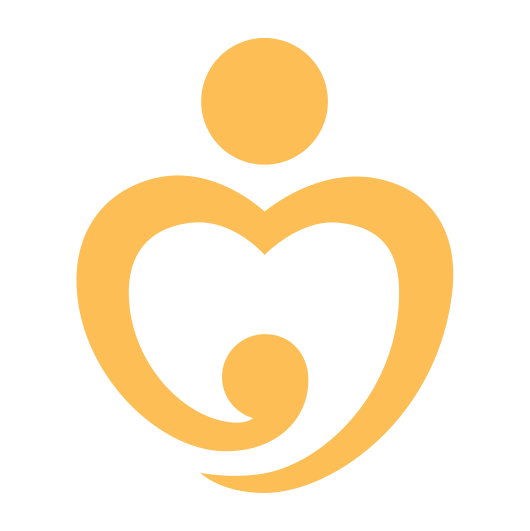
Q4 Report 2021
October - December
A Letter From our Team:
The tragic loss of my nephew as a result of pregnancy complications during his birth deeply affected me. This is when I decided I had to do something to make a difference. I started working for OHW as District Coordinator in Bhojpur (Eastern Karnali), where the road infrastructure is so poor and there are still many challenges for people there to access quality healthcare, especially mothers and children.
When I started working in Bhojpur, there were only 11 birthing centers, which also had very poor structures, and lacked both proper equipment and trained health staff. The maternal and neonatal deaths were high. In my 3.5 years there, we managed to increase the number of birthing centers to 47. We built a quality team of Skilled Birth Attendants and increased service quality in all the Birthing Centers. All this support from OHW has played an important role to save the life of mothers and newborns.
Currently, I am stationed in Kavre district, which is not really far from Kathmandu. But its terrain is very challenging and many areas are as remote as the Karnali region. OHW always selects to work in the most remote parts of the country to target the most underserved Nepali communities.
It has now been over 5 years since I started my journey with OHW. As the longest-serving District Coordinator of OHW, I can vouch that OHW has been doing outstanding work especially in helping the most underserved communities. Our work has shown a lot of impact and we don’t even have to self-promote the effect of our work. The local government partners, stakeholders, and communities will speak on our behalf. Our activities are so well planned and managed because we have practical and realistic goals and missions.
I feel very glad and honored to be a member of OHW, whose work has also helped me to earn appreciation and honor from local communities and stakeholders. OHW is not only helping to create and upgrade birthing centers but also has done a lot to support the local government during the COVID-19 pandemic.
Thank you to everyone who has been part of OHW directly or indirectly. Your support has contributed a lot to saving the lives of mothers and their babies.
Sincerely,
Rabin Joshi
Sr. District Coordinator, Kavre District

Program Delivery

Q4 Highlights
We Exceeded Most of Our Quarterly Program Targets:
This allowed us to make significant progress towards our yearly program targets. Several factors influenced our success:
Better travel conditions resulting from the improving weather conditions and the lifted travel bans as the COVID conditions are improving in Nepal.
The increased digitization of some of our program delivery. Nearly 30% of our CME programs were delivered virtually.
The streamlining of several of our internal processes improved our internal capacity, allowing us to maximize our time and resources more effectively and subsequently increase our impact.
Financial cost-sharing support from our government partners for some of our community mobilization interventions, which allowed us to double our capacity this quarter.
Continued COVID Response Support:
In a significant step towards helping our government partners’ improve their capacity to both store essential specialized vaccines for mothers and children, as well as reduce the national burden of COVID-19 infections and other illnesses in the population at large (thereby reducing risks to the vulnerable), OHW has secured funding from our US-based partner Direct Relief to support the construction of the GoN’s first fully functional cold chain storage facility. As the project came at the request of the GoN, the site for the project has already been identified while the project logistics are being finalized. Four deep freezers have also been received for this purpose.
Also made possible by Direct Relief in Q4 was their incredibly generous $20M gift of monoclonal antibodies to support our government partners in the fight against COVID. Distributed to hospitals across all seven provinces (including all of our program districts), these antibodies have shown promising results in terms of preventing death due to COVID and are an important tool in treating COVID patients globally.
Q4 Challenges
Project Agreement Delays:
We submitted our new five-year project agreement to the Social Welfare Council in Q3 for review. However, due to a leadership transition in both the Ministry of Women, Children and Senior Citizens (MoWCSC) and the Social Welfare Council (SWC), the final approval of our new five-year project agreement has been delayed until Q1 2022 to allow the new Minister and SWC board time to update themselves on the policies and procedures related to our agreement.
The Continued Impact of Climate Change:
Climate change continues to increase the extent to which communities and infrastructure are impacted in rural Nepal. The monsoon season is starting earlier and extending well into the winter months, while the rains themselves are heavier, leading to even more floods, mudslides, and disruption. In Q4 alone, monsoon-related floods were responsible for over 100 deaths, something unseen in nearly a century.

Research & Development - Improving Our Model
-
We successfully ran monthly SBMP sessions at 48 health facilities (24 in Udayapur and 24 in Dolakha) and set up 3 new skill labs (1 in Udayapur and 2 in Dolakha). We trained 5 Palika-level mentors (2 in Udayapur and 3 in Dolakha) as well as 3 OHW mentors (1 for Dolakha, 1 for Udayapur, and 1 for Sarlahi) to continue supporting local SBAs in growing their skillsets. We also completed all necessary pre-assessments in both districts. Building on the success of the initial programs in Udayapur and Dolakha, our field team completed all initial planning meetings in Sarlahi required for program launch in Q1 2022.
-
The OHW team submitted our revision of the current training package to make a competency-based standard curriculum to improve ultrasound services quality. Currently under review by the National Health Training Center’s (NHTC) technical working group, we expect this to be finalized in Q1 2022.
-
This program ensures continuity of MNH care in rural areas via cell-phone consultations. Our results reported that the program helped women more easily access ANC, PNC, and related birth preparedness information and improved personal relationships with the local health facility staff, increasing the women’s comfort and likelihood of bringing up concerns and questions. Concerningly, our results also showed that almost 40% of providers were unaware of the government’s national guidelines for delivering MNH services during COVID and that misoprostol was frequently out of stock or not appropriately distributed among pregnant women (though all home births who reported having received misoprostol reported using it). Based on these findings, OHW increased the number of trainings addressing the governmental service guidelines and our team increased the number of visits to the health facilities to check on misoprostol availability.
-
Designed to assist rural healthcare providers in clinical decision-making during the COVID-19 pandemic when referral capacity is limited, the MNH helpline was used to support 39 emergencies during Q4. The results of our evaluation identified a decrease in referrals from the rural birthing centers (as more cases were handled locally), increased confidence among rural MNH providers in their own case management capacity, and improved communications between health facilities and larger referral hospitals. These findings, including those addressing the need for paid expert time to ensure long-term viability of the program, have been shared with government partners and relevant stakeholders in the hope that the intervention might be adapted and scaled nationwide.
-
All the health facilities enrolled in this pilot program continue to successfully use this software to record their MNH services utilization. Our team provided technical support to resolve challenges. Some of the issues addressed this past quarter included limited search functions between health facilities; issues with syncing offline data; and slow/interrupted internet speed.














